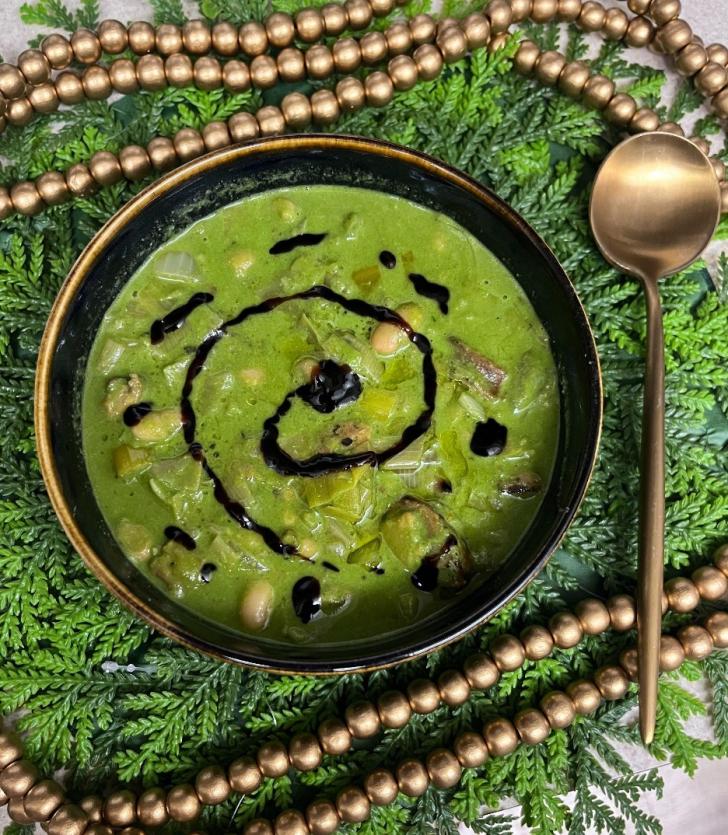Nature's Hidden Source of Vitamin D

Published
With limited sun exposure, we rely on food for vitamin D. It can be challenging to meet our daily vitamin D needs with food, particularly if we are vegan or vegetarian. Cold water fish, cod liver oil, milk and egg yolks are some foods with high levels of vitamin D3 or cholecalciferol. One would need to consume 4 ounces of fish or 4 cups of milk to meet the daily recommendation of 400 IU.
Another source of vitamin D in our diet is mushrooms. Mushrooms contain a slightly different version of vitamin D called ergocalciferol. Ergocalciferol or vitamin D2 is produced when mushrooms are exposed to UVB light. Mushrooms are usually cultivated indoors, so much of this vitamin D is not produced under these conditions. Recently, mushroom producers have paired with the FDA and academic institutions to study the impact of UV light on vitamin D production in mushrooms. What they've discovered is that exposure to UV light during the cultivation process significantly increases the ergocalciferol content of some varieties of mushrooms. Studies are currently underway to determine whether the biological activity of ergocalciferol differs from that of cholecalciferol, the vitamin D found in animal sources.
Vitamin D plays a critical role in calcium absorption and bone health. Recent studies have linked vitamin D deficiency with osteoporosis, some cancers, cardiovascular disease, and autoimmune illnesses such as multiple sclerosis, rheumatoid arthritis and insulin-dependent diabetes. Those at risk for vitamin D deficiency include older adults, individuals living at northern latitudes, people with dark skin, and those with fat malabsorption. Given its role in promoting health and preventing disease, it's critical that we optimize our vitamin D status. Mushrooms may be one food source of vitamin D and they have other nutritional benefits. They are high in B vitamins, potassium, zinc, phosphorous and selenium.
In addition, they are free of cholesterol and fat, and have one of the highest protein contents of any vegetable. The Pacific Northwest offers hundreds of varieties of wild edible mushrooms. You can purchase these at farmer's markets or at the grocery store and prepare them using a variety of cooking techniques including roasting, stewing, frying and sautéing.
- Genevieve Sherrow, Candidate, Master's of Science in Nutrition Elizabeth Kirk, PhD Professor and Core faculty, School of Nutrition and Exercise Science, Bastyr University


